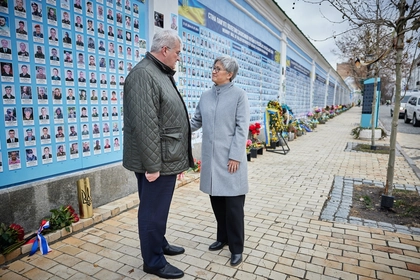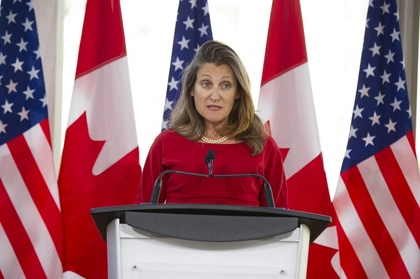The military issues website BulgarianMilitary.com, citing unidentified sources, suggested one of the drivers behind Pyongyang’s provision of several thousand troops to support Russia’s war in Ukraine was the need to modernize its air force.
The desire to get modern aircraft has been a long-term objective of North Korean leader Kim Jong-un.
JOIN US ON TELEGRAM
Follow our coverage of the war on the @Kyivpost_official.
Currently, North Korea’s air force consists of around 500 Soviet-era MiG-15s, MiG-17s, MiG-19s, MiG-21s, and MiG-23s that were mostly built in the 1950s and 60s and gifted by the USSR decades ago or built under license. This largely obsolete fleet is supplemented by limited numbers of MiG-29s and domestically produced aircraft, such as the Choson, which is essentially an updated version of the early Soviet-era MiG-21.
Attempts to acquire modern Chinese fighter aircraft have failed to progress because, according to military commentators cited in the Bulgarian article, Beijing is concerned this could exacerbate the already strained political and economic climate on the Korean peninsula and in the region as a whole, which could in turn invoke a reaction from the US and South Korea.
With that avenue of supply apparently closed off, it is logical that Pyongyang would turn to Moscow as a source of aircraft to update its fleet. The multirole Sukhoi Su-35 fighter aircraft would be attractive, but they would cost upwards of $50 million each, or close to $2 billion for the three dozen that have been suggested they are seeking.

Australian Foreign Minister Visits Kyiv, Confirms Reopening of Embassy
This perhaps gives credence to the suggestion that the troops being sent for service in the war with Ukraine is more of a business deal than a strongly politically motivated move by North Korea, although Kim sees that it does strengthen the strategic partnership at the same time. It may also explain the reports that North Korean pilots have been seen in Russia since September.
The Bulgarian outlet’s sources questioned whether the acquisition of two or three dozen Su-35 fighters justifies the provision of 12,000 or more soldiers to fight another country’s war rather than defending their own. It seems to conclude that for Western society, the decision is morally questionable but suggests that for North Korea the strategic “quid pro quo” it can establish with Russia and the gains it can make defensively and politically would win out in Kim’s cost-benefit analysis.
North Korea has a history of sending small bodies of troops to take part in international conflicts, but the sending of a large military contingent to Ukraine is seen as a new and risky maneuver.
From Moscow’s perspective, this may represent more of a strategic necessity when one considers the level of casualties it has suffered since February 2022 and the rate of attrition its forces are still suffering.
You can also highlight the text and press Ctrl + Enter






